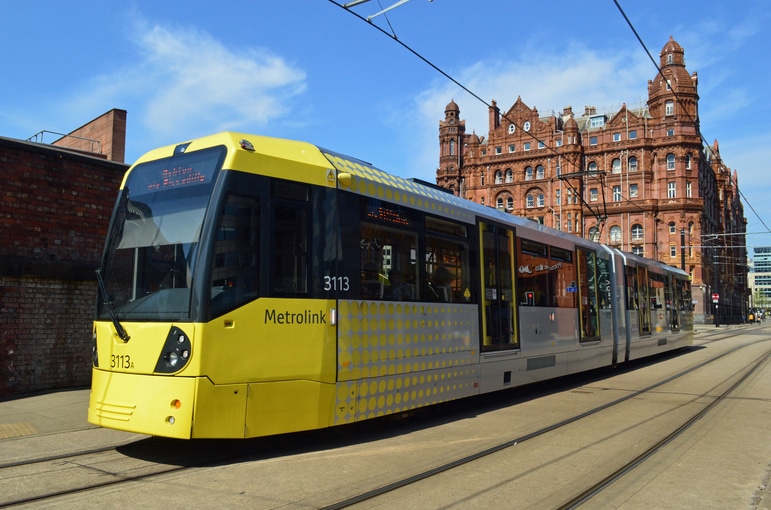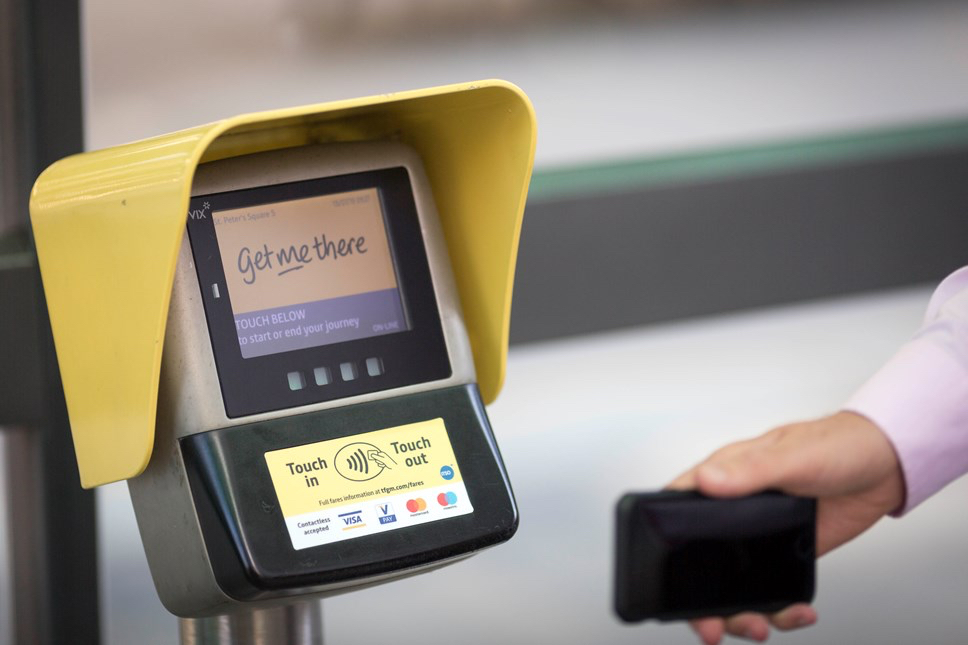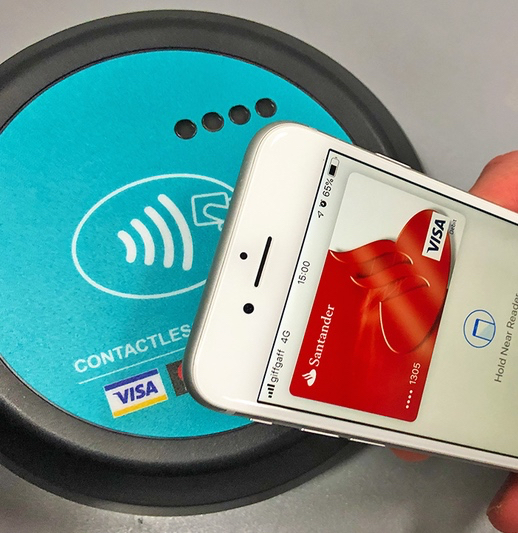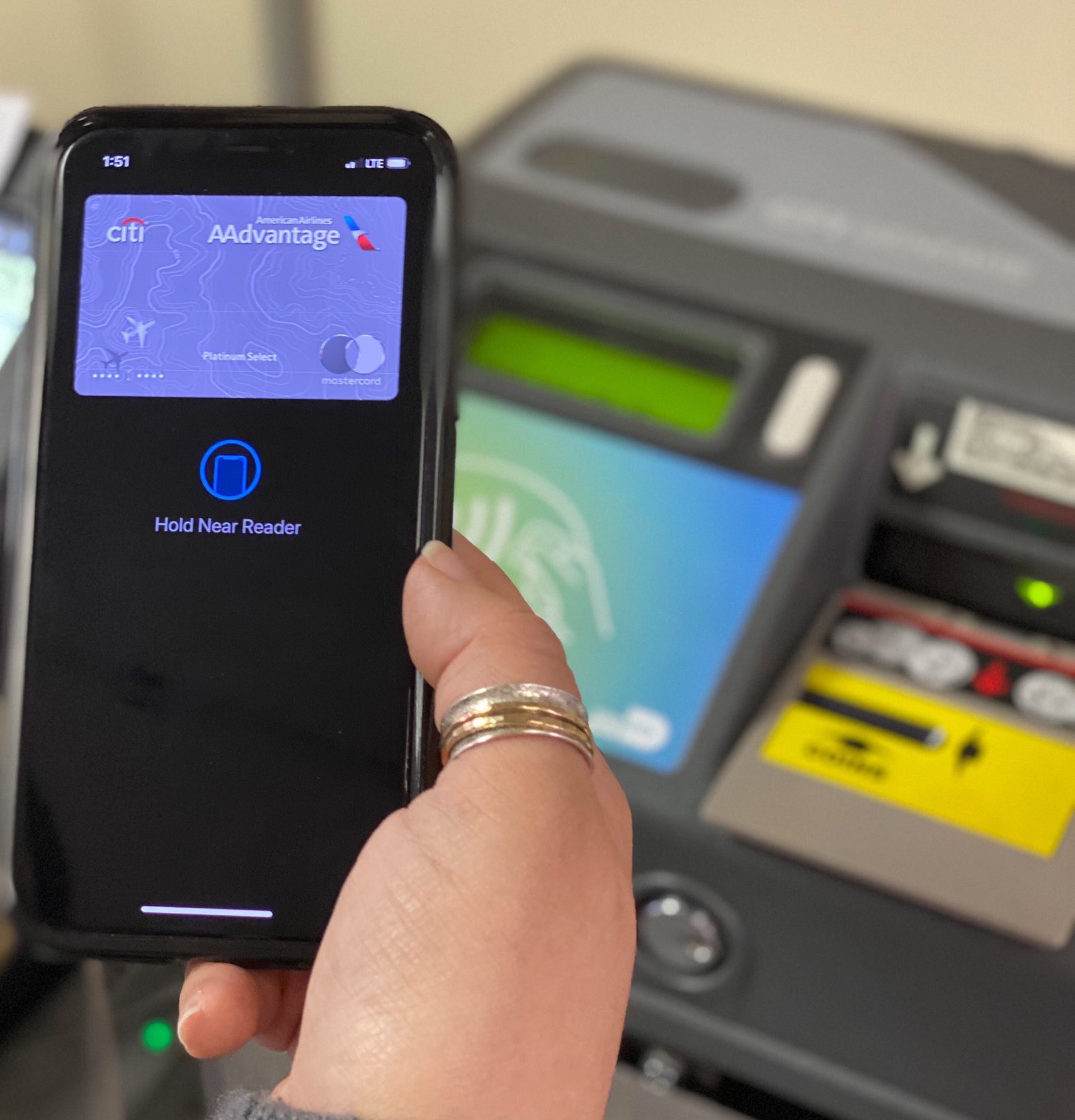
Article Highlights
Transport for Greater Manchester has seen use of NFC mobile wallets more than double as a share of contactless payments for its tram service over the past two years. The pandemic, which encourages passengers to use their own fare media, is believed to be one reason for the growth.
• Chart: Growth in use of NFC wallets in Manchester
• TfGM (Manchester)
• Transport for London
Transport for Greater Manchester in the UK is the latest transit agency seeing substantial growth of contactless open-loop fare payments from NFC mobile wallets–with the percentage of its contactless tram trips paid for with Apple Pay, Google Pay and other Pays services more than doubling over the past two years, Mobility Payments has learned.





















